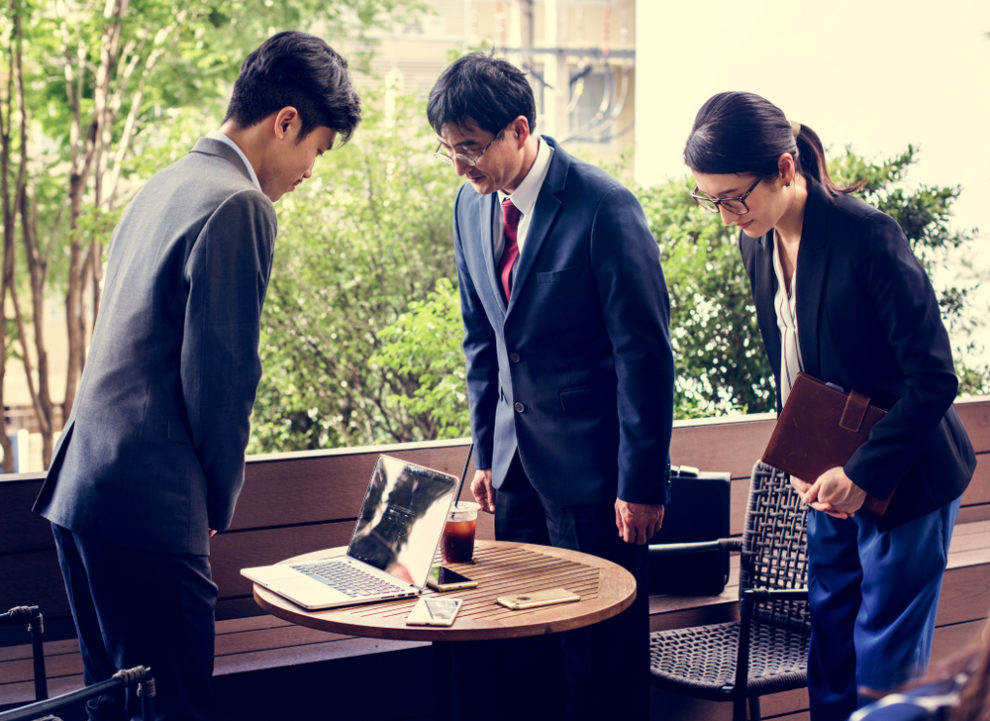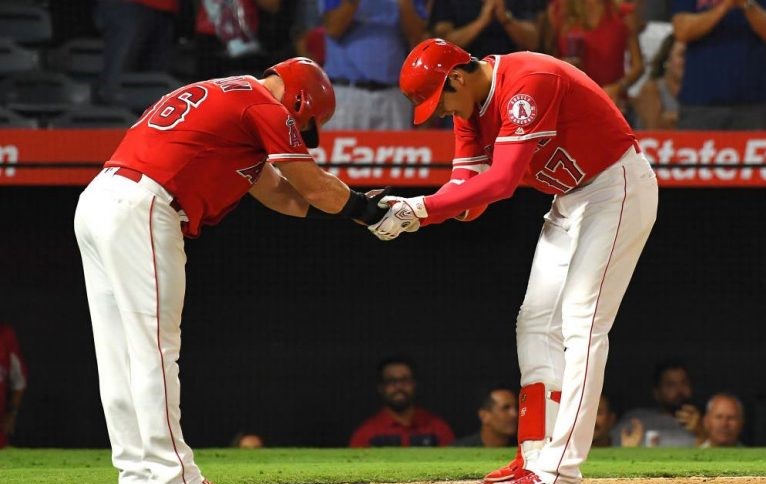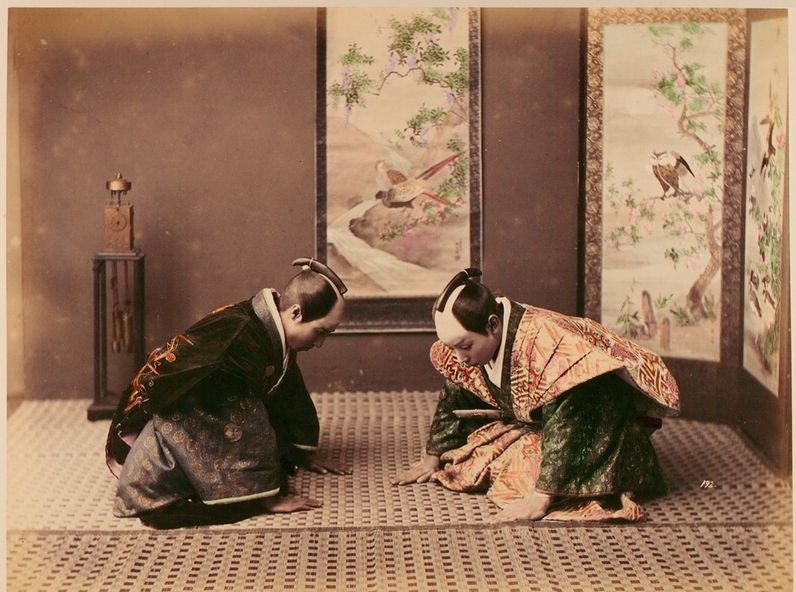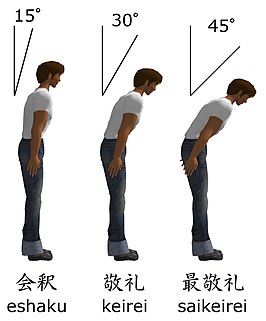BLOG
Japanese “Ojigi” culture

“Ojigi” means bowing in Japanese and Japanese people bow in various occasions.
Bowing is probably weird for Western people because it isn’t very common in Western culture.
However, bowing is one of the keys to be successful or to make good relationships with others in Japan.
When should you bow?
Bowing isn’t just used for greetings and saying hello in Japan.
You should also bow for such as these:
- Showing respect
- Expressing deep gratitude
- Saying goodbye
- Offering an apology
- Telling someone congratulations
- Expressing sympathy
- Asking for a favor
- Showing appreciation
- Beginning a formal ceremony
- Beginning a training session
- When entering or leaving a martial arts dojo

Origin of Bowing
The origin of Ojigi comes from Samurai period.
It was a tradition of Buddhism and it showed no hostility beck then.

Uncommon greeting in Japan
In many countries, it’s normal to shake hands, hug, or even kiss as a greeting. In Japan, however, these greetings are not common among strangers and acquaintances. Instead, ojigi or bowing can show what kind of greeting or message you’re trying to express.

Types of bowing
There are different types of bowing to express different message.
会釈 – Eshaku
This is a casual style bow that usually means “hello”, and it can be used when you bump into friends or co-workers. This is a relatively quick bow, so try not to stay too long in the position.
敬礼 – Keirei
This is a more formal style that you can use in business situations when you have to show gratitude or as a way to respectfully greet someone. In this bow you should stay for slightly longer than in an Eshaku.
最敬礼 – Saikeirei
Saikeirei is the most respectful and formal style. It’s not used as often as the other two, so it should be saved for more significant occasions. This is used when you have to apologize for a big mistake or when you’re asking for a favor from a superior.
Dogeza – 土下座
This is not so common in today’s society, but it’s good to know as you may see this happen in manga, anime, historical T.V. and movies, and as part of comedy. This style of bowing has been around throughout Japanese history.

When you master the Japanese Ojigi, you will find yourself in your ideal Japanese life!
